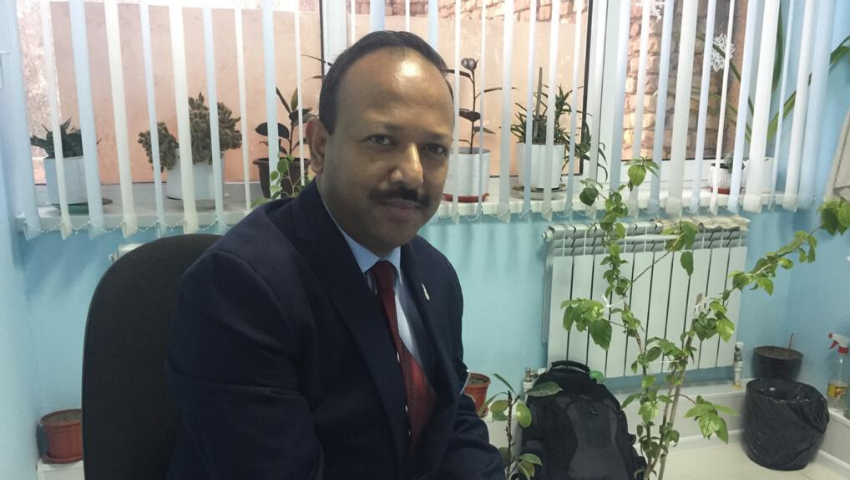Coronary Artery Bypass Surgery improves the blood flow to the heart with a new route or “bypass” around a section of the clogged or diseased artery. Arteries can become clogged over time by the build-up of fatty plaque. The CABG Surgery involves using a section of a blood vessel from the leg, chest, or another part of the body to graft onto the affected coronary artery, thus bypassing the clogged or diseased section.
The TAVR valve is another option for treatment of severe aortic stenosis for people who are not fit for SAVR or with patients with various comorbidities. It is implanted using an artery that leads to the heart. This procedure does not require the opening of your chest.
In India, about 80% of the valve replacements and repair surgeries are done on patients who have suffered from Rheumatic fever in childhood. This process leads to inflammation on the heart valve leading to various kinds of diseases involving multiple valves.
An LVAD is a treatment option for certain patients with end-stage heart failure. Your doctor will determine if a VAD is an appropriate treatment for you, based on your medical condition, symptoms, age, body size, and presence of other medical conditions.
With CABG, a surgeon takes a section of a healthy blood vessel from the patient’s leg, chest, or arm and connects it (grafts it) to their coronary artery slightly past the site of the blockage. This creates a new path for blood to flow around (bypass) the blockage in the artery so it can get to the heart.
Minimally invasive coronary artery bypass surgery is done through smaller incisions and the procedure may be done without stopping the heart. Some patients can even leave the hospital within 48 hours. Some patients can even leave the hospital within 48 hours. This operation is only used for patients whose blockages can be bypassed through this smaller incision and whose risk of complications is low.
At Fortis Escorts Cardiac Surgical Centre in Patparganj, doctors and surgeons collaborate to quickly determine the best treatment for an aortic dissection, which is a tear in the wall of the aorta, the largest artery in the body. Because some types of aortic dissections require emergency surgery, our experts work to accurately diagnose the condition and determine the best treatment as quickly as possible.
A thoracic aortic aneurysm, an abnormal bulge in a weakened wall of the aorta in the chest area, can cause a variety of symptoms and often life-threatening complications. Due to the serious risks it presents, timely diagnosis and treatment of a thoracic aneurysm are critical.
ECMO is performed using a heart-lung bypass machine similar to the one used during open-heart surgery. The ECMO machine often referred to as a “circuit”, is quite large and contains sterile plastic tubing that moves blood from your baby to the “ECMO lung” and then back to your child. The ECMO lung adds oxygen to the blood and removes carbon dioxide, as a healthy lung would.
It’s a special area of interest for Dr. Ritwick Raj Bhuyan and his entire team in Fortis healthcare. This procedure again has the following advantages:




